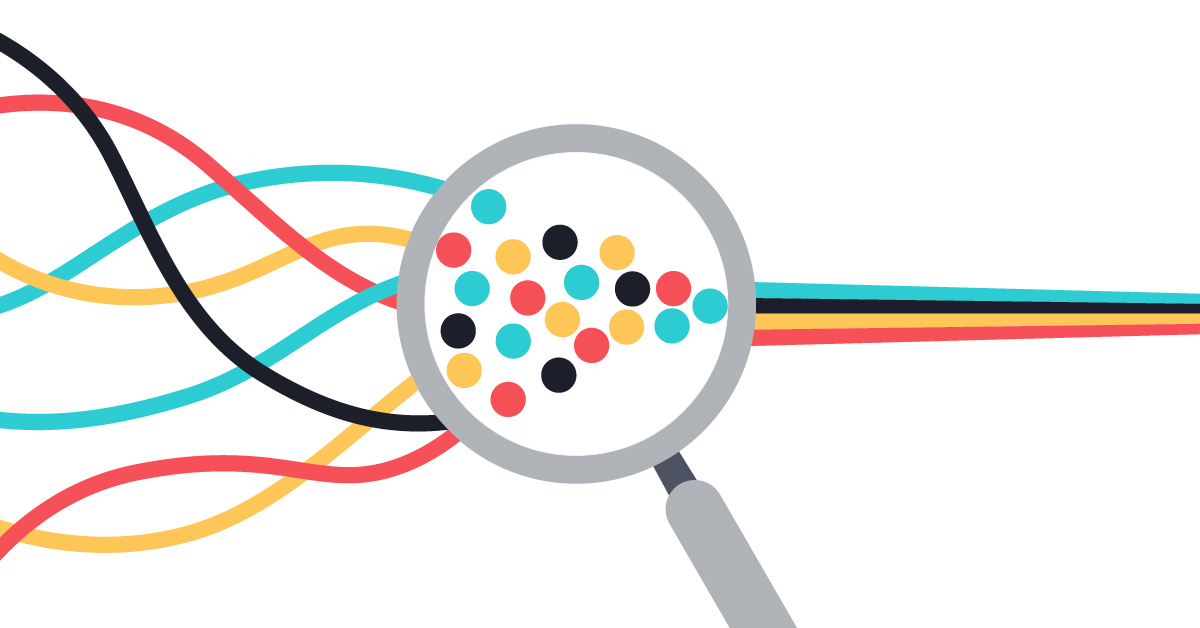
9 min read
The 3 Keys of Successful FinServ Innovation: Lessons from Developing an Audit Framework and Point-in-Time Architecture for Health Enrollment
The 3 Keys of Successful FinServ Innovation
Lessons from Developing an Audit Framework and Point-in-Time Architecture for Health Enrollment
We recently partnered with an insurance industry client to address challenges with the underlying structure of their member enrollment platform and help them build a point-in-time architecture solution to set them apart in the marketplace.
Innovation is hard. In fact, sometimes it can be an enormously difficult task — especially if it involves deviating greatly from long standing processes, technologies or approaches that have been working. Yet in today’s society, innovation is essential in every industry, including insurance. At Praxent we’re innovation experts, and we embrace the challenges that come along with innovating to help our clients achieve disruption where they need it most.
In the following post we examine our experience working with a client on a health insurance member enrollment platform, to illustrate how we partnered to find the “wins” and devise a solution that will position them ahead of the competition. The takeaways from this engagement are applicable to innovation in a variety of settings across industries.
3 Key Takeaways from Health Enrollment Innovation
#1: Start With Understanding Customer Needs
Our client came to us for help with their SaaS pharmacy benefits platform, which allows pharmacy benefits managers and insurance companies to configure customized policies to process monthly claims and provide customer service. They were experiencing issues with their legacy provider, struggling with the vendor’s limited knowledge of UX and design and an inability to accurately scope or scale the project.
The client’s biggest requirement – and challenge – was that their platform needed to be highly-configurable and rules based, so admins could configure plans and add new benefits from the get-go. The customer journey for member enrollment, from onboarding, viewing, editing and administering plans, to reviewing versions of a member’s record at a previous point in time, was an essential consideration for building the system.
Imagine a common scenario for an insurance platform in which a member calls customer service to ask why a claim was denied or not processed in an expected manner. The member thinks he or she is on Plan A, but the customer service manager is able to quickly identify that the cardholder, perhaps a spouse, requested a change in coverage to Plan B at the start of the calendar year. The customer service admin was easily able to review a list of all dates and times the member’s record was changed, for what purpose and by whom. The financial implications for an insurer and/or a member may be even more impactful in similar scenarios such as changes in benefit coverage; lack of required pre-authorization; change to primary insurance. It was crucial the system provided consistent and reliable auditing to pinpoint and verify the accuracy of a previous change.
#2: Embrace Challenges, Design to the Problem
Despite being so essential, innovation is often not easy. When companies aim to implement new systems and groundbreaking features challenges often arise, making the approach so important.
We knew we right away we needed to build in an auditing framework to allow admins to view when a record was revisited with associated details, which is referred to as point-in-time (PTA) architecture, but the challenge was just beginning. While PTA is a key piece of the database design for platforms supporting insurance and financial-related transactions, the database design does not commonly contain support for PTA and results in the destruction of a previous database record any time a record is updated or deleted. In addition to designing PTA framework, we also had to address the “messy” existing underlying architecture, compensate for a lack of ability to perform user testing, and conduct a massive reset of expectations regarding timeline and project scope that had been miscalculated by the previous vendor.
We started by designing to the problem, and designed the point-in-time architecture to support the creation and retention of unique database records, or the audit trail, for every time an individual record has been altered. This capability presents flexibility but also challenges for exposing multiple versions of a database record cleanly and intuitively in the user interface. Additional functions like the ability to deactivate and reactivate a record were required since an admin might need to adjust pre-authorizations or coverage levels, which added additional complexity to the UI. As such, we outlined our design objectives to include:
- List of PTA previous records in clean, easy-to-navigate user experience
- Key details of each record in a list view
- Searching and filtering functionality
- Ability to open record in a view that includes all relevant details
- Easy access back to list view to quickly traverse multiple records
Cleanup and processes were to be improved along the way, with expectations on scope reset during client meetings.
#3: Collaborate Every Step Of The Way
To innovate successfully, the process is just as important as the product. At Praxent we partner with our clients to design solutions side-by-side, generally using Agile (scrum) methodology to keep things iterative and flexible, which in this case included demos at the end of each 2-week sprint. Through design and UI workshops, review and status calls, and even incorporating a member of the client team into our scrum team, we achieved a true partnership with open and honest communication from the start.
The client came in with a clear idea of what they thought they wanted and possessed deep industry knowledge that was immensely helpful in ideation. We were able to complement this with our own deep experience in development and design best practices, and together workshop to create an outstanding product roadmap. We helped the client understand how much effort their features will take in terms of time and effort, in effect turning their requests into requirements.
Our partnership allowed us to work together to overcome other challenges, including an inability to perform user testing for this particular product. While we always advocate for prototyping and implementing user tests to illustrate an idea via proof of concept, in this case, due to an abundance of vaporware in the healthcare space, it was important to the client that a concrete product exist first. To work around this, we established and communicated industry best practices, and continue to advocate for user testing. In the absence of user testing, we also did quite a bit of academic research (as well as internal company research) and industry research to inform our design. These modifications were a vast improvement over the previous vendor, who did not incorporate UX or UI improvements. We continue to work together to illustrate the value of user testing as we progress through the project.
 Innovating For Competitive Advantage
Innovating For Competitive Advantage
Through mutual understanding, designing to a problem, and intimate collaboration, Praxent devised a solution to leverage point-in-time architecture to expose the data in a clean user interface with the intention of keeping the user experience intuitive and easy to navigate. We focused on a few key development areas to provide the client with the system they needed, and continue to move towards best practices through constant iterations. Most notably, we innovated on viewing the audit trail in the UI and making this available and user-friendly.
Overall, the project represented a massive cleanup on both the front and back ends. Cleaner UI and architecture make a difference for our development team throughout the project as changes are easier to make to code and formatting via reusable components and great base layers. By implementing best practices for information architecture, things are easier to see on the customer service side. Creation of an in-depth UI kit addressed the existing consultancies in design. While changes are mostly on the backend for now, they’ll also make a big difference for stakeholders down the road. We were also able to communicate openly about timeline and expectations, and illustrate through the roadmap and constant check-ins a more accurate scope of work to ensure we were all on the same page.
The solution provides unique benefits including efficiency and speed. While big competitors do have this kind of capability, there are no mid market competitors with anything close to the level of customizability and flexibility that we’re creating for the client, which should make them an industry leader. Furthermore, it’s quick and easy to go into the system and make changes without being a developer; if a user needs something calculated differently or to add different fields in order to process a new member, they can do so without calling the IT team. In other words, ongoing runtime production changes will now be easier for the average employee to make.



Leave a Reply